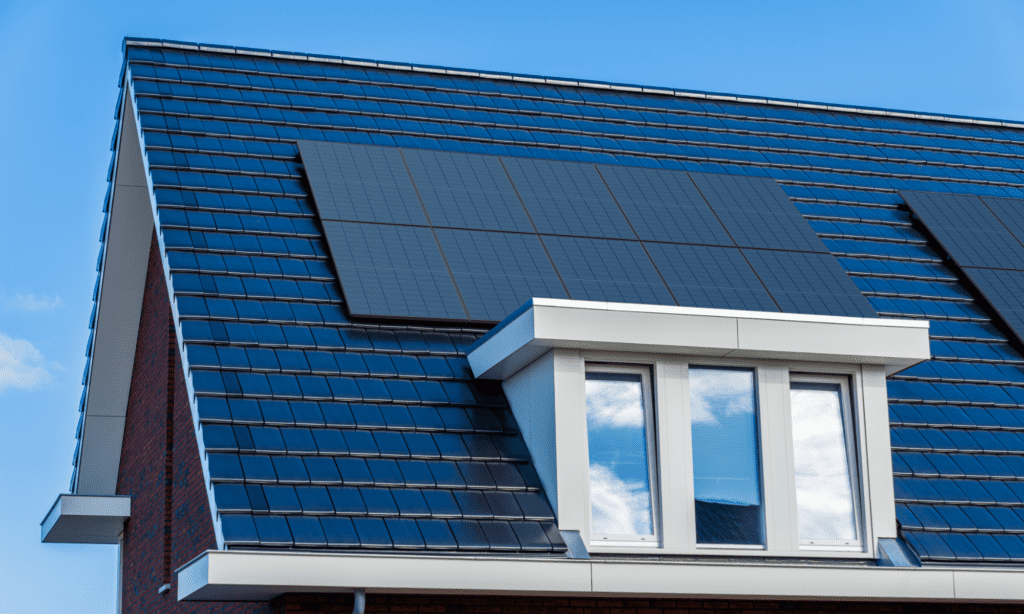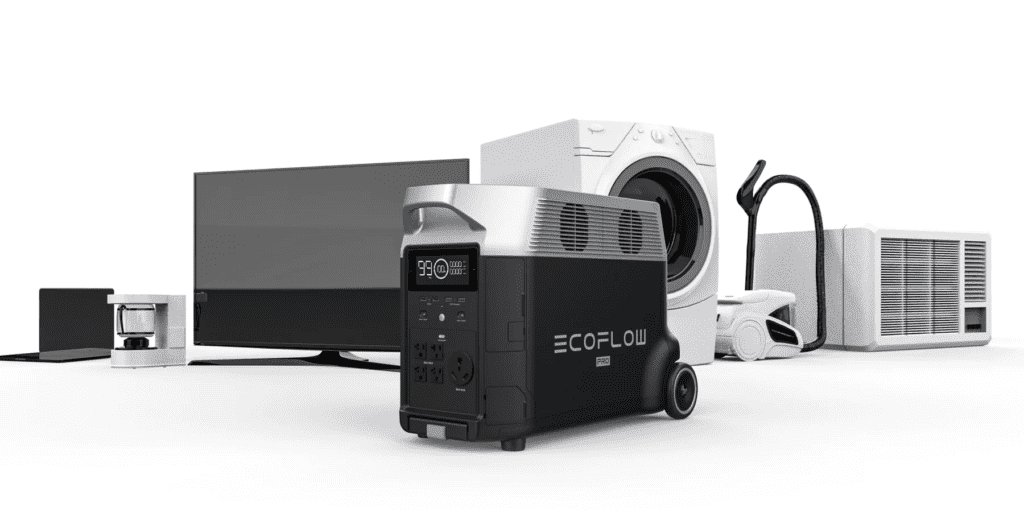Table of Contents
Introduction
Electricity bills can be one of the most significant expenses in many households, and the costs only continue to rise year after year. There are several reasons why electric bills can rise, including increased energy consumption, electricity rate hikes, extreme weather conditions, outdated or inefficient appliances, and standby power consumption. In 2023, the need for energy conservation and sustainability is likely to become even more pressing as concerns about climate change and environmental degradation continue to grow. Consequently, the electricity bill for most households is unlikely to drop in 2023. By taking steps to reduce energy usage, households can not only save money on their electricity bills but also contribute to a more sustainable future. In this blog post, we’ll explore 10 practical ways to decrease your electricity consumption and costs, from the use of energy-efficient appliances to the adoption of renewable energy sources.

Use energy-efficient appliances and devices
One of the easiest ways to reduce electricity consumption and save money on your monthly bill is by using energy-efficient appliances and devices. These products are designed to use less electricity without compromising performance. Examples of energy-efficient products;
- LED light bulbs: LED light bulbs are known to consume up to 75% less energy than traditional incandescent bulbs, while their lifespan may extend up to 25 times longer. By switching to LED bulbs, you can significantly reduce your energy consumption and save money on your energy bill.
- Energy Star-certified appliances: Appliances with the Energy Star label have been tested and certified to use less energy than standard products, without sacrificing performance or features. By upgrading to Energy Star-certified appliances, you can save money on your energy bill over time.
- Smart power strips: Smart power strips can sense when electronics and appliances are not in use and automatically turn them off. This reduces the amount of standby power consumption and can save you money on your energy bill.
- Programmable thermostats: By programming your thermostat, you can automatically modify your home’s temperature as per your schedule, reducing the energy wasted on heating or cooling an unoccupied home. This can help you cut down on energy consumption and save money on your utility bills.
- Smart plugs: Like smart power strips, smart plugs can be used to turn off electronics and appliances when they’re not in use. They’re especially useful for lamps, small appliances, and chargers that aren’t connected to a power strip.
- Energy-efficient windows: Energy-efficient windows have a special coating that helps keep heat out in the summer and in during the winter. By reducing the amount of heat transferred through the window, your heating and cooling systems won’t have to work as hard, reducing your energy bill.
- Energy monitors: Energy monitors show you how much energy your home is using in real-time, so you can make adjustments and reduce consumption. By being more aware of your energy use, you can make changes that will save you money on your energy bill.
Turn off appliances and devices when not in use
Many appliances and devices continue to use electricity even when they’re not actively in use, a phenomenon known as standby power consumption. To minimize this type of energy waste, it’s a good practice to turn off appliances and devices when you’re not using them. Unplugging electronics and using a power strip can also help reduce standby power consumption.
Adjust your thermostat
Heating and cooling your home consumes a significant amount of electricity, especially during extreme weather conditions. One way to decrease your energy consumption and costs is to adjust your thermostat to a slightly cooler temperature in the winter and a slightly warmer temperature in the summer. Using a programmable thermostat can help you automatically adjust the temperature in your home based on your schedule.
Use natural lighting and ventilation
One of the easiest ways to reduce electricity consumption and save money on lighting and air conditioning is by using natural lighting and ventilation. Open windows and strategically placed mirrors can help reflect daylight into darker areas of your home, while also allowing fresh air to circulate.
Install low-flow shower heads and faucets
Reducing water usage can also help reduce your electricity bill, since energy is often used to heat water. By installing low-flow shower heads and faucets, you can decrease the amount of hot water consumed without sacrificing water pressure or quality. Properly maintained plumbing can also reduce leaks and water waste.
Make energy-saving home improvements
Many homes can benefit from energy-saving home improvements, such as adding insulation or upgrading windows to reduce energy loss. Weatherizing your home by sealing air leaks and using caulking or weatherstripping can also help reduce heating and cooling costs.
Use renewable energy sources
Renewable energy sources, such as solar or wind power, can help offset your electricity costs and reduce your carbon footprint. In many areas of the US, it’s now possible to install solar panels on your roof. On average, solar panels can reduce electricity bills by 50% to 90%, depending on various factors such as the size and location of the solar panel system, the price of electricity in the area, and the weather conditions. Based on studies, solar panels can produce sufficient electricity to provide about 100% of a household’s energy needs, with the excess energy being stored in batteries or fed back into the grid for credits. There are various solar power incentives, including federal tax credits and state rebates, to assist in mitigating the expense of installing solar panels.
Another alternative for using renewable energy sources is the EcoFlow DELTA 2 Solar Generator that can store up to 1 kWh of energy, making it a reliable backup for critical appliances during power outages, emergencies and everyday home power backup. It can power various home appliances, including air conditioning units, refrigerators, TVs, and more.

Take advantage of utility company energy-saving programs and incentives
Many utility companies offer programs and incentives to help customers reduce their energy consumption and costs. These may include free home energy assessments, rebates for energy-efficient appliances, and discounts or incentives for using energy during off-peak hours.
Use power-saving settings on electronics
Many modern electronics come with power-saving settings that can help reduce electricity consumption. For example, setting your computer to go to sleep after a certain period of inactivity, or turning off your TV when no one is watching, can help reduce standby power consumption.
Adopt simple everyday habits to save energy
Finally, adopting simple everyday habits can help reduce your electricity consumption and costs. These include turning off the lights when leaving a room, using a clothesline to dry laundry instead of a dryer, washing clothes in cold water instead of hot, and using a microwave instead of a conventional oven whenever possible.
Conclusion
Energy conservation and sustainability remain vital priorities as we continue to grapple with the profound impacts of climate change and environmental degradation. Adopting energy-efficient practices and technologies, ranging from switching to LED light bulbs to purchasing EcoFlow DELTA Series Solar Generators, can improve our lives and the planet by reducing carbon emissions, mitigating climate change, and creating a greener future.

The incentives provided by governments, environmental groups, and community organizations make solar power affordable, practical, and accessible to homeowners, small business owners, and adventure enthusiasts alike. By investing in energy conservation and sustainability, we can better protect our environment, reduce energy costs, and build a more resilient future for all. Let’s embrace this critical challenge to create a brighter, cleaner, and more sustainable world for future generations.
